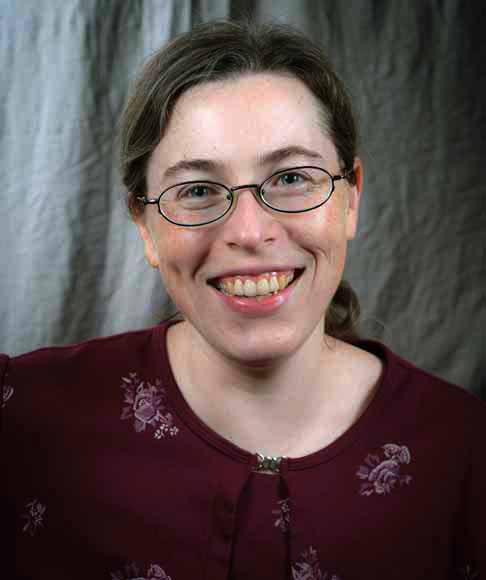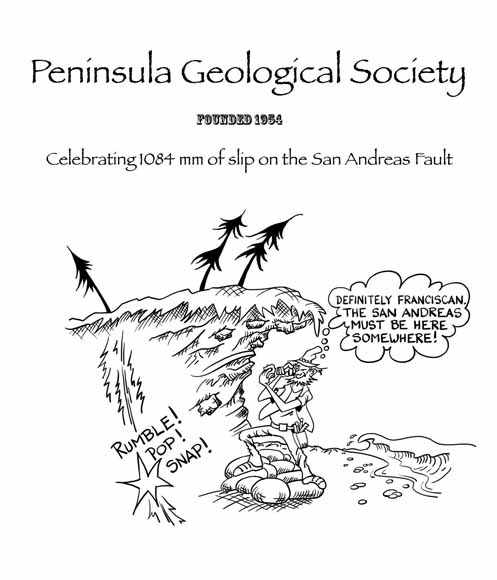
Jointly present
Location: Stanford University
Cost: $35 Students and job seekers. $40 Professionals. You need to pay in advance by Sept. 14, 2018, by going to Venmo or PayPal and sending your payment to Lan Ma using her email address which is misty.ma@gmail.com and choose the "Send money to friends and family" option. Members won't be registered until they have paid.
Also, RSVP to Mireya Berrios (mbberrios@comcast.net) by Sept. 14.
This will be the 469th PGS meeting since 1954

Figure by Sarah Minson and Elizabeth Cochran.
The objective of earthquake early warning (EEW) is to provide population centers with a useful warning of impending strong ground shaking: the warning must be sufficiently rapid and accurate for users to take action to mitigate damage. By considering the time scale of evolving moment release and observed ground motion variability, we find that EEW systems may perform quite differently than previously understood. Many current-generation EEW systems estimate the location and magnitude of an earthquake in real-time and input this information into a Ground Motion Prediction Equation (GMPE) to identify and alert people and infrastructure expected to experience strong shaking before that shaking arrives at their location. Much of our theoretical knowledge of how these systems behave relies on the assumption that the final earthquake magnitude can be known at the beginning of the rupture and that the predicted ground motion from this source is accurate. Removing these assumptions, we find that the timeliness of alerts depends strongly on the level of ground motion for which users want to be warned. To estimate that a user will experience ground motion exceeding a higher threshold, the EEW system must wait until the rupture grows larger, which cuts into potential warning time. Thus, we cannot expect long warning times for destructive levels of ground motion. Further, even if alerts are timely, they often will be inaccurate. Observed ground motion typically has a factor of two variability (one standard deviation) about the median expected ground motion predicted by a GMPE. As a result, ground motion predictions Ð including those based on accurate source parameters Ð will occasionally greatly under-estimate or over-estimate the ground motion the user will experience, resulting in missed alerts and false alarms, respectively. For false-alarm-tolerant users, EEW performance is optimized by taking action at low ground motion levels, improving alert timeliness and decreasing the number of missed events at the expense of more false alarms.

Sarah Minson
Sarah Minson is a research geophysicist with the U.S. Geological Survey's Earthquake Science Center. Her research interests include using probabilistic inference for seismological problems such as determining the physics of earthquake ruptures, and estimating the slip distribution and predicting the ground motion from earthquakes in real-time for earthquake early warning. She received her B.A. from the University of California, Berkeley, and M.S. and Ph.D. degrees from the California Institute of Technology. Prior to her current position, she was a Mendenhall post-doctoral fellow with the U.S. Geological Survey as well as a post-doctoral fellow at the California Institute of Technology. She is a winner of the Presidential Early Career Award for Scientists and Engineers (PECASE) and a Kavli Fellow (National Academy of Sciences and The Kavli Foundation). More info: https://www.usgs.gov/staff-profiles/sarah-minson
Officers: [vacancy], President; [vacancy], Vice President; [vacancy], Secretary-Treasurer; Elizabeth Miller, PGS Stanford University Coordinator


PGS cartoon by Rick Blakely
Date created: August 30, 2018
Last modified: August 30, 2018
Created by: Mike Diggles, Webmaster, PGS.